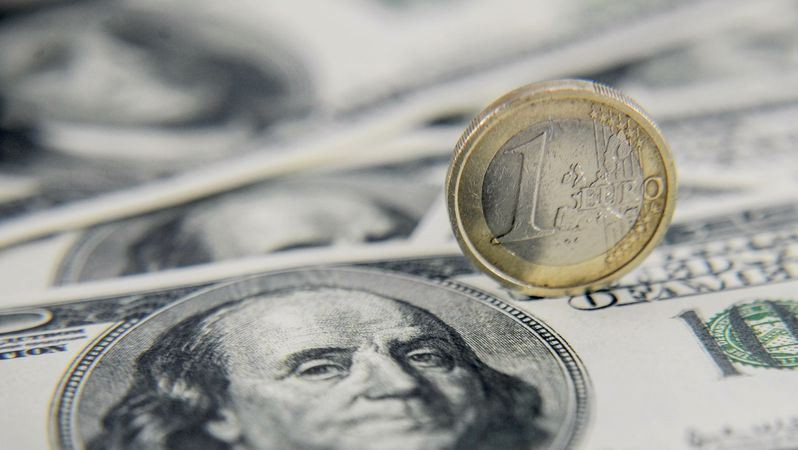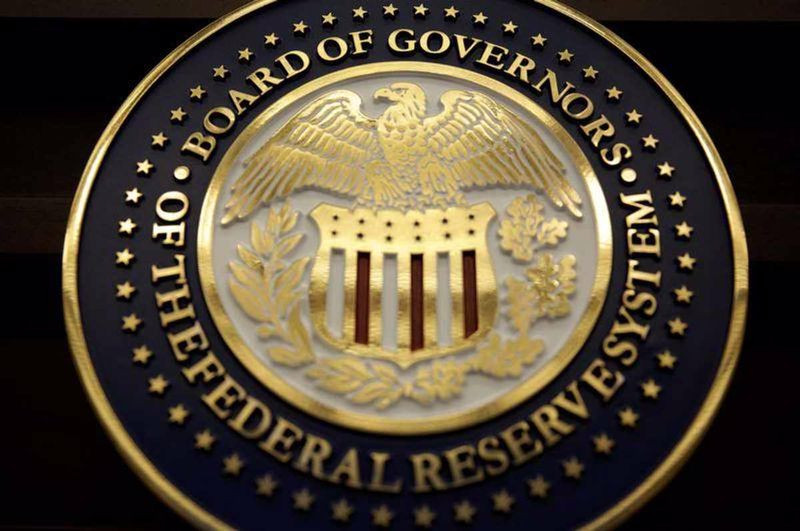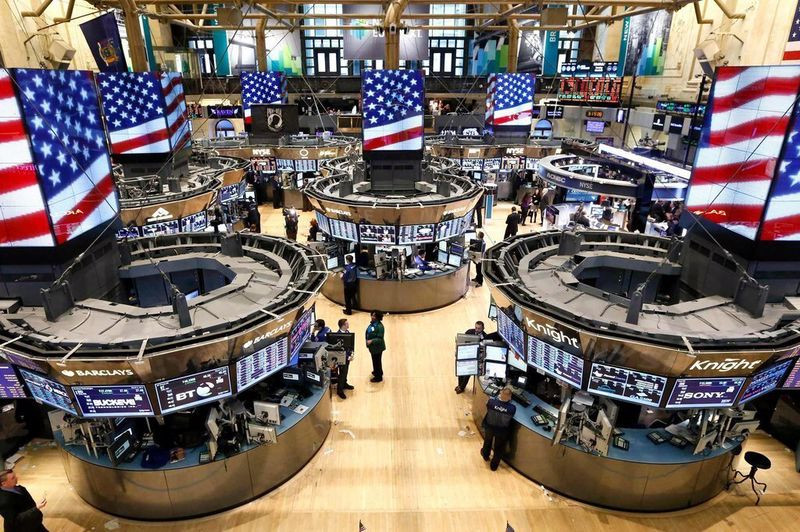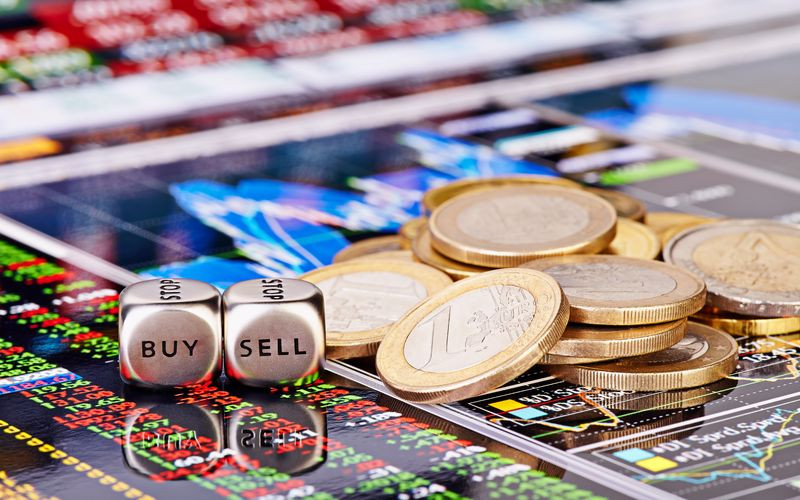
At the start of the new week, the protective greenback continued to be in demand, while the deterioration of market sentiment weakened interest in the single currency.
Traders refrained from acquiring risky assets in favor of more reliable ones.
The focus remained on geopolitics, rising inflation in the United States, as well as expectations of a sharp tightening of the Federal Reserve's monetary policy.
The US authorities called on their citizens to immediately leave the territory of Ukraine, which only fueled fears about a possible escalation of tensions in Eastern Europe.
There are concerns that if Moscow really goes on the offensive, and the United States and its allies respond with sanctions, the conflict can affect the global economy and markets in an unpredictable way.
Taking into account Russia's position as a raw material power, one of the possible consequences, according to experts, may be an increase in global energy prices.
On Monday, oil quotes updated multi-year highs. A barrel of Brent black gold rose 2.2% to $96.48, reaching the highest level since 2014.
The day before, Russian Foreign Minister Sergei Lavrov told President Vladimir Putin that it was still possible to find a diplomatic solution.
This turned out to be enough to somewhat reduce the degree of tension, thanks to which the key Wall Street indices were able to minimize losses by the end of the session after the initial sell-off on geopolitical fears. Following the results of trading, the S&P 500 index sank by almost 0.4%.
The EUR/USD pair fell to a 12-day low at 1.1280, but closed the day a few points higher - around 1.1300.
Against the background of an improvement in risk appetite, the greenback lost some of the points scored earlier. Nevertheless, it has maintained its resilience against its main competitors. The USD index ended yesterday's session with an increase of more than 0.3%, near 96.30 points.
Market participants felt some relief after the Fed's unscheduled meeting on Monday, contrary to fears, did not bring either an unexpected rate hike or new sudden statements.

Apparently, Fed Chairman Jerome Powell and his colleagues monitor stock indices no less than investors and try not to plunge the markets with their actions.
The prospect of higher interest rates in the United States has already dealt a blow to stocks this year: the US stock market sank by 7.3%.
At the same time, the yield of 10-year treasuries jumped above 2% for the first time since 2019.
The growth of interest rates on the debt market has a negative impact on the dynamics of the stock market, which is a riskier alternative to fixed income instruments.
Goldman Sachs analysts still expect that by the end of the year the S&P 500 index will reach the 4900 mark. This implies an 11% growth potential relative to current levels and the renewal of record highs. However, the bank's strategists warn that the risks are gradually shifting downwards.
"The macroeconomic background this year is much more difficult than in 2021. It is still difficult to say unequivocally what will happen to inflation and the Fed's policy," they said.
According to some estimates, the total profit of the S&P 500 over the next twelve months will increase by about 9%, whereas in May 2021 the expected increase was about 23%. However, taking into account the jump in the US consumer price index in January to 7.5% in annual terms, the scale of potential profit growth is no longer impressive.
If we subtract annual inflation from the S&P 500 profit growth, then only 1.5% remains. This indicator, adjusted for inflation, was lower only during the recessions of 2009 and 2020.
Obviously, any increase in S&P 500 profits is possible only by increasing profitability, and this, in turn, entails shifting costs to the consumer. Otherwise, a scenario of a decrease in real profit adjusted for CPI is possible.

High historical inflation in the US keeps not only investors awake, but also Fed officials who continue to argue about how aggressively they should raise rates at their March meeting.
Louis Fed President James Bullard on Monday reiterated calls for an accelerated pace of Fed rate hikes, noting that four strong inflation reports in a row call for more aggressive action from the central bank.
"October, November, December, January really called into question any idea that inflation would naturally slow down in any reasonable amount of time without the Fed taking action," he said, again urging the central bank to raise rates by a full percentage point by July 1. This implies at least one half percentage point increase at one of the three upcoming meetings instead of the quarter point increase the Fed has used in recent years.
Other FOMC officials were less willing to go for a half-point rate hike, or even worried that it might cause problems.
Richmond Fed Chief Thomas Barkin said it was time to start raising interest rates, but said the specifics would depend on how inflation changes in upcoming reports.
"Will it go down to levels more similar to what we have seen in the last 30 years, or will it not go down? Depending on the answer, we can change our pace," said Barkin.
Kansas City Fed President Esther George said she needs a systematic plan to tighten monetary policy, but she's not sure it should start with a 50 basis point hike.
"It is always preferable to go gradually. Given where we are, the uncertainty surrounding the impact of the pandemic, and other things, it would be hard for me to say that we should move to neutral very quickly, a goal that will dictate larger and more frequent rate hikes," George.
San Francisco Fed Chief Mary Daly said if the Fed is too "harsh and aggressive" it could have a destabilizing effect on economic growth and price stability, which the central bank is trying to achieve.
She believes that after the rate hike in March, the central bank may even consider suspending this process at its next meeting to assess the economy, in contrast to the steady increase, which, according to Bullard, would be appropriate at the FOMC meetings in March, May and June .
The Fed's decision may be affected by the February inflation data, which will be published before the central bank meeting, which will be held on March 15-16.

The relentless rise in US consumer prices has led some investment banks, such as Goldman Sachs, to call on the Fed for seven rounds of rate hikes this year. Although this scenario seems ambitious, such expectations play into the hands of the dollar.
On Tuesday, the greenback behaved more modestly as a defensive asset and after the previous day's rush to the highs since the beginning of February (near 96.40) is being corrected down.
Improving market sentiment makes it difficult for the US currency to compete with competitors.
The USD Index is down about 0.3%, reversing most of Monday's gains and trading around 96.00.
Wall Street's key stock indexes are now growing on average by 1-2% on the back of lower geopolitical tensions.
Market participants reacted positively to reports of the return of Russian troops to their places of deployment after exercises near the borders of Ukraine.
The EUR/USD gained bullish momentum on Tuesday and climbed above 1.1350.
Along with the craving for risk, the single currency was supported by statistical data on the eurozone.
Thus, the GDP of the currency block, according to the second assessment, in the fourth quarter expanded by 4.6% in annual terms and by 0.3% in quarterly terms.
In addition, the research institute ZEW reported that in February the index of investor confidence in the German economy increased to 54.3 points from 51.7 points recorded in January.
The nearest resistance levels for the EUR/USD pair are at 1.1365 and 1.1415. Meanwhile, the bulls' failure to protect the 1.1260 level in the short term could lead to a further pullback to 1.1210 and a January low around 1.1120, strategists at Societe Generale said.
The euro is currently benefiting from improved risk sentiment as the likelihood of a diplomatic resolution to the Ukraine crisis rises. However, it may not be worth relaxing. After all, geopolitics is a shaky and unpredictable thing.

"The market believes what it sees in the headlines, but you really have to be careful with such things," Pine Bridge Investments analysts noted.
The greenback is kept above the 96 level and is in a state of alert in case a full-fledged flight from risks returns.
The increase in the yield of US Treasury bonds helps the dollar to stay afloat and limits the growth of the EUR/USD pair.
The indicator for 10-year treasuries jumped by more than 2%, to 2.04%.
Given the prospect of an early Fed rate hike, as well as the protective properties of the dollar, which it can show against the backdrop of increased geopolitical tensions in Eastern Europe, the USD still has a good chance to strengthen its own position.
After one of the voting members of the FOMC supported an increase in the key rate by a whole percentage point by the beginning of July, analysts began to revise forecasts regarding the pace of the Fed's rate hike. Against this background, according to traders, an increase in the yield of 10-year US Treasury bonds above 2% may be just the beginning. This is positive news for the greenback.
"We are changing our forecast for the Fed and now expect the central bank to raise the rate by 200 basis points this year against 125 bps earlier. We believe that the Fed will raise the rate by 50 bps in March and by 25 bps at each of the next six meetings. If this is confirmed, then by the end of the year the target range of the federal funds rate should be 2.00-2.25%," Danske Bank strategists said.
"We keep our current forecast for EUR/USD unchanged at 1.0800 in the 12-month perspective, as policymakers increasingly seek to contain global inflation through tightening financial conditions, and, in addition, the economic cycle is slowing down. Thus, we consider the potential for pleasant surprises from the European economy to be very small. The main condition for EUR/USD growth to 1.2000 is a weakening of global inflationary pressure and an increase in global industrial production indicators," they added.





















